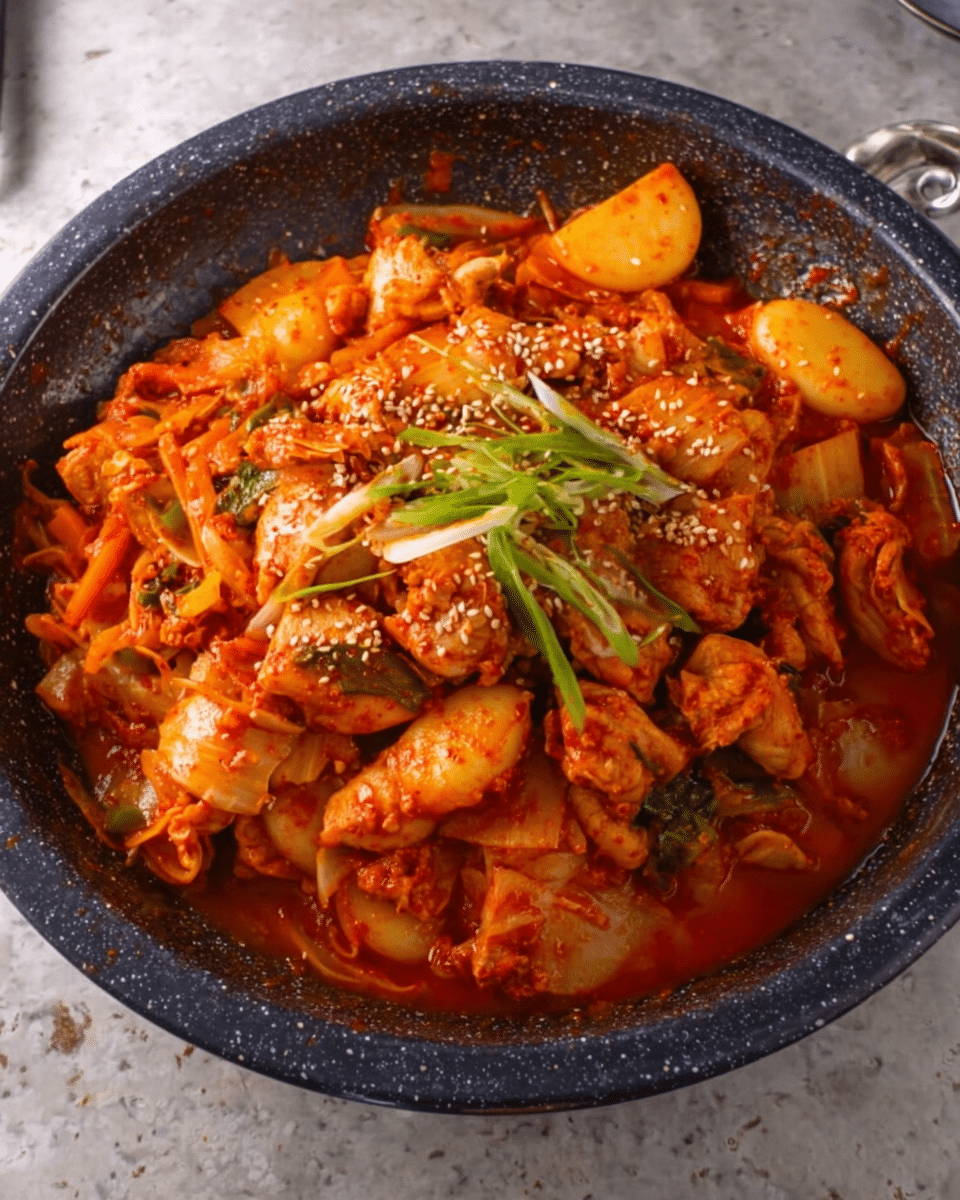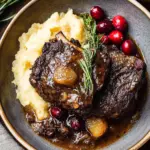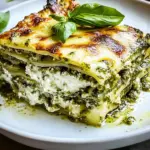The Concept of Dakgalbi: A Shared Meal
At its core, dakgalbi is a dish that celebrates the idea of shared dining. Whether in a Korean restaurant or at home, dakgalbi is often cooked at the table on a hot pan. The dish’s communal nature is part of its charm, allowing everyone to dig in and enjoy the experience together. The pan is filled with ingredients such as chicken, cabbage, rice cakes, and various vegetables, all coated in a spicy, flavorful sauce made from gochujang (Korean chili paste) and other seasonings.
As the ingredients cook, the aroma fills the air, creating an irresistible atmosphere. The waitstaff at a traditional dakgalbi restaurant will often serve the dish in a large pan and cook it at your table. As the dish nears completion, customers are typically offered a special treat—fried rice. Once the chicken and vegetables are mostly finished, the leftover sauce and ingredients are used to make a quick and delicious stir-fried rice, which many people find to be the best part of the meal.
A Step Towards Simplicity: Homemade Dakgalbi
Making dakgalbi at home is simpler than you might think. The recipe typically requires boneless chicken thighs, vegetables, and rice cakes, along with a rich seasoning sauce made from soy sauce, garlic, ginger, gochujang, and rice syrup. The chicken is marinated in milk and soy sauce to tenderize it, while the vegetables and rice cakes are prepared to add texture and flavor to the dish. The ingredients are cooked together in a large skillet or pan, and the seasoning sauce is poured over them to infuse everything with the bold, spicy flavors that define dakgalbi.
What makes dakgalbi truly special is its versatility. You can adjust the level of spiciness by adding more or less gochujang or gochugaru (Korean chili flakes). The dish can also be customized with a variety of vegetables like carrots, sweet potatoes, and perilla leaves, or you can even add kimchi for a tangy twist. This adaptability ensures that dakgalbi can be made to suit personal tastes and dietary preferences.
The Role of Rice Cakes in Dakgalbi
Rice cakes, known as tteok in Korean, are an essential component of dakgalbi. These chewy, soft rice cakes absorb the flavors of the sauce and add a unique texture to the dish. When cooked, they take on the spicy, savory flavors of the sauce, creating a satisfying bite. Rice cakes are a staple in many Korean dishes, and in dakgalbi, they play an important role in making the dish hearty and filling.
The rice cakes used in dakgalbi are typically soaked in water before cooking to soften them. If you don’t have access to Korean rice cakes, you can substitute them with other types of rice cakes, although the texture may differ slightly. Regardless, rice cakes are one of the key elements that set dakgalbi apart from other stir-fry dishes.
How to Make the Perfect Dakgalbi at Home
To make dakgalbi at home, you’ll need a large, heavy skillet or pan to cook everything together. It’s important to arrange the ingredients in layers to ensure even cooking. Start by placing the cabbage at the bottom of the pan, followed by the onions, carrots, rice cakes, and perilla leaves. The chicken should be placed in the center, and then the seasoning sauce is poured over everything.
Once the ingredients are in the pan, the dish is covered and cooked over medium heat for about 15 minutes, allowing the chicken to cook through and the vegetables to become tender. Stir occasionally to ensure that nothing burns or sticks to the pan. The result is a dish that’s bursting with flavor, with the chicken perfectly tender and the vegetables cooked just right.
One of the best parts of making dakgalbi at home is the interactive nature of the meal. You and your guests can gather around the pan, stir the ingredients together, and serve yourself straight from the pan into bowls. It’s a fun way to enjoy a meal, and it encourages everyone to be involved in the cooking and eating process.
The Joy of Making Fried Rice with Dakgalbi
As the dakgalbi nears completion, it’s time for the famous fried rice. Once the chicken and vegetables are cooked through, add some leftover rice and chopped kimchi to the pan. Stir everything together and let it fry in the flavorful remnants of the sauce and ingredients. This fried rice is often the highlight of the meal, as it’s a perfect balance of spicy, savory, and slightly crispy rice.
The fried rice can be served in individual bowls, or, for an even more communal experience, you can simply allow everyone to dig in from the pan. This part of the meal adds a delicious and satisfying finish to the dakgalbi, making it a memorable dining experience.
Conclusion: The Perfect Dish for Sharing and Enjoying
Dakgalbi is more than just a meal—it’s an experience. Whether you’re dining at a restaurant or making it at home, the dish encourages conversation, laughter, and a shared love of food. The combination of tender chicken, chewy rice cakes, and flavorful vegetables makes dakgalbi a comforting, satisfying dish that’s perfect for gatherings with friends and family. The addition of fried rice at the end is the cherry on top, providing a delicious conclusion to the meal.
Making dakgalbi at home allows you to recreate this communal experience in your own kitchen. The recipe is simple to follow, yet it results in a dish that’s rich in flavor and tradition. With its customizable ingredients and spicy kick, dakgalbi is a dish that will surely become a favorite for many, whether you’re an experienced cook or a beginner in the kitchen.
Dakgalbi is not just a meal; it’s a celebration of Korean flavors and togetherness.






